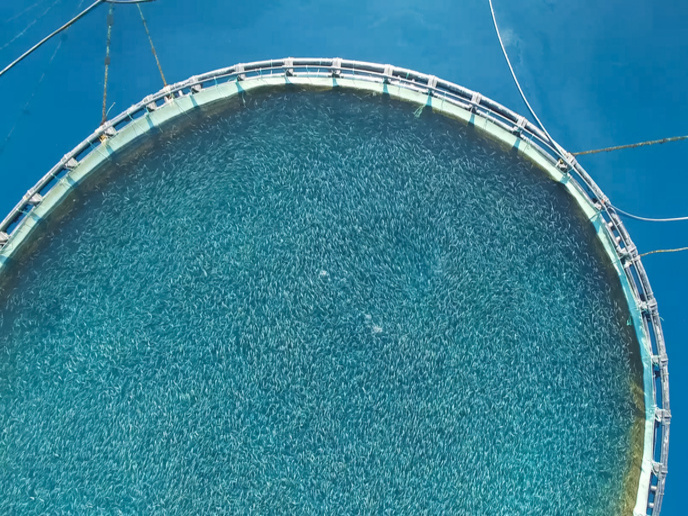Cleaning up with the Sea Litter Critter
More than 150 million tonnes of plastic have accumulated in the world's oceans, with over 4.5 million tonnes added each year. It becomes most problematic when its breaks up into tiny microparticles that are then ingested by sea creatures and so enter the food chain. A concept developed by the EU-funded SEA LITTER CRITTERS project could provide a solution to cleaning up this sea litter. Its feasibility study looked at the market appeal of a small automated waste collection vessel called the ‘Sea Litter Critter’, which not only picks up litter, but treats it on-board. Project coordinator Ilaria Schiavi explains that the idea for the device came from observing a marine litter collection vessel operating at an Italian tourist resort: ‘It was paid for by a local tourist association concerned that dirty beaches would put off visitors, but the high costs meant the vessel could only be used when there were significant quantities of debris.’ This gave IRIS, a small start up based in Turin, Italy, the idea to use their expertise in plasma technology to come up with an improved solution. Using plasma - a very high temperature, very energetic state of matter - solid waste can be completely broken down with no risk of dioxines and furans emissions, which can form in other combustion-based waste treatment methods. At SEA LITTER CRITTERS’s core is IRIS’s small scale pyrolizer unit (patent pending), which treats thermally solid waste and transforms it into syngas, a mixture of hydrogen, carbon monoxide, and methane and a residue which can be recycled as aggregate for road material or concrete. The syngas could be exploited for producing electricity or fuelling the vessel’s motor. Currently a fully unmanned, automated device is not possible due to regulatory and technology limitations but Schiavi says, ‘Ideally, once automated navigation is fully developed, this vessel could be left to hoover up marine litter day and night.’ In their feasibility study the team commissioned specific market research to ascertain if the device was attractive to coastal resorts, municipalities and aquaculture enterprises. While the idea was found to be of interest to the market, the main challenge was found to be securing the necessary investment for such equipment. Schiavi notes, ‘Currently, marine litter is everybody’s problem but nobody wants to pay for cleaning it up, and there are no regulations stipulating who should be dealing with it.’ Changes to the current regulatory climate, could kick-start a market for this device, as Schiavi explains. ‘The EU is very active on the subject as the problem is growing to a level likely to affect European industries such as fishing. So we expect that the regulatory landscape will change, and there will be a requirement for local authorities to act.’ The project team is working towards developing a sea-ready vehicle to be tested within the next four years. It expects disposal of marine litter through thermal treatment will have a place in the future management framework for materials that cannot be recycled or for emergency situations such as spills and flooding events.







